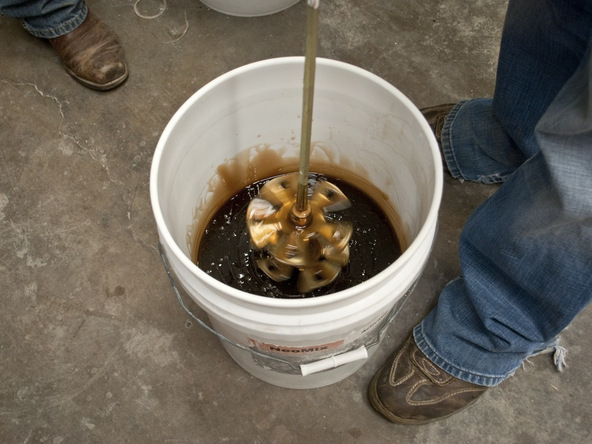Bent Concrete Side Table
THREE: CAST RUBBER MOLD
Polyurethane mold rubber behaves like glue and will stick to most materials, so make sure that all surfaces are protected with Pol-Ease Mold Release or plastic drop cloths.
What You’ll Need
Step 1 – Pouring Rubber
Step 2 – Fill Form Completely
Step 3 – Knock Down Air Bubbles
Step 4 – Cure Time
Step 5 – Demold
Previous: Mix Rubber

Polytek 75-60 Polyurethane Mold Rubber provided ideal flexibility for this project. Work quickly when mixing polyurethane mold rubber to avoid…
Next: Casting Concrete

To successfully cast this table you need to bend the concrete when it’s at the optimal “plastic” state. If you attempt to bend the concrete too early and…











